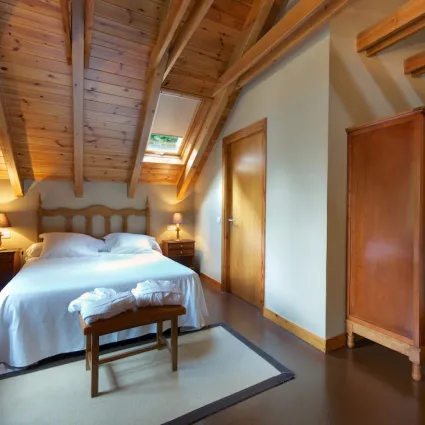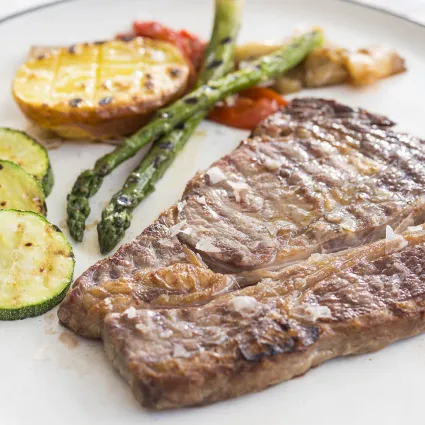Romanesque Churches
Eight Romanesque churches and one hermitage, all of them considered World Heritage by UNESCO
Vall de Boí’s Romanesque ensemble is made up of the churches of Sant Climent and Santa Maria in Taüll, Sant Joan in Boí, Santa Eulàlia in Erill la Vall, Sant Feliu in Barruera, La Nativitat in Durro, Santa Maria in Cardet, L’Assumpció in Cóll, and Sant Quirc Hermitage in also in Durro.
One of the main characteristics of this ensemble is the common architectural style. The temples were all built during the 11th and 12th centuries, following a model imported from northern Italy, the Lombard Romanesque, characterised by its functional buildings, skilled stonework, thin bell-towers and the external decoration of rounded arcading and pilaster strips.
The Romanesque churches of Vall de Boí are the artistic reflection of a society which was structured around the hierarchies of feudalism and clergy, in this case personified in the Lords of Erill and the bishopric of Roda de Isábena, the promoters of these temples. In this medieval society, not only did the Church serve a religious function, but it also played an important social role as a place for people to meet and seek refuge. In the case of Vall de Boí, this social function of churches was further underlined by the use of the thin bell-towers as a means of communication and protection.



